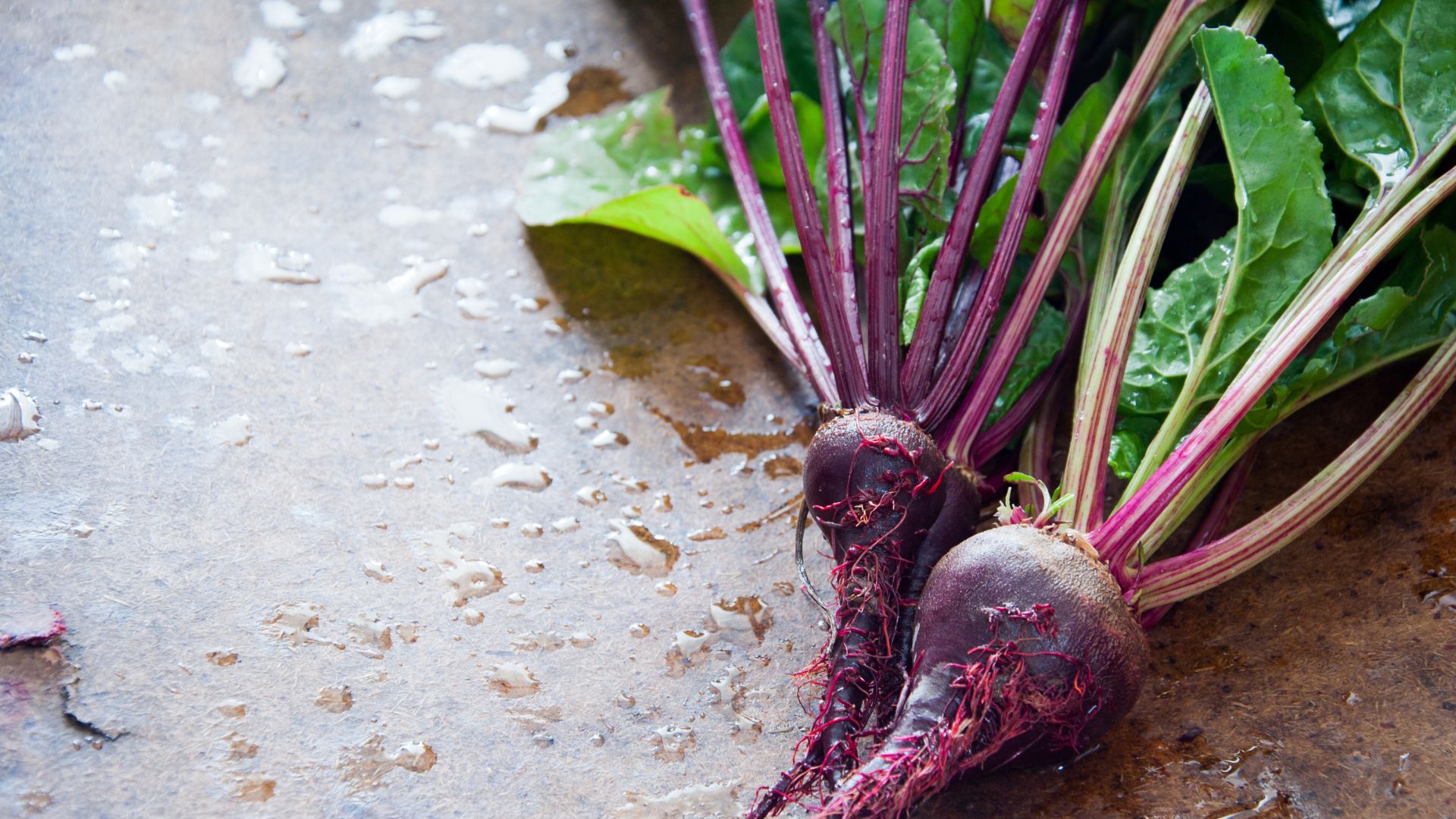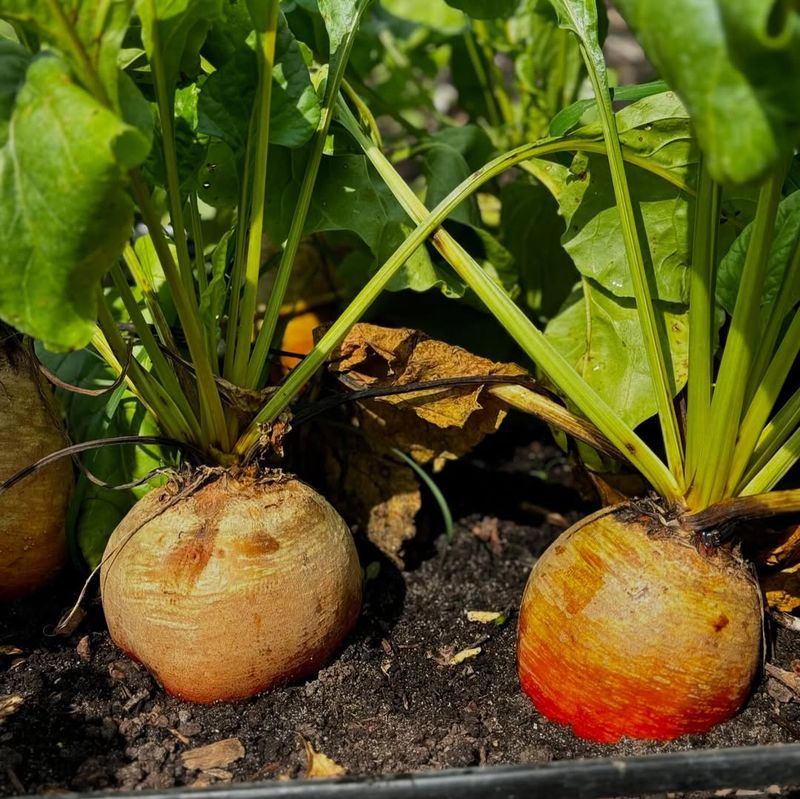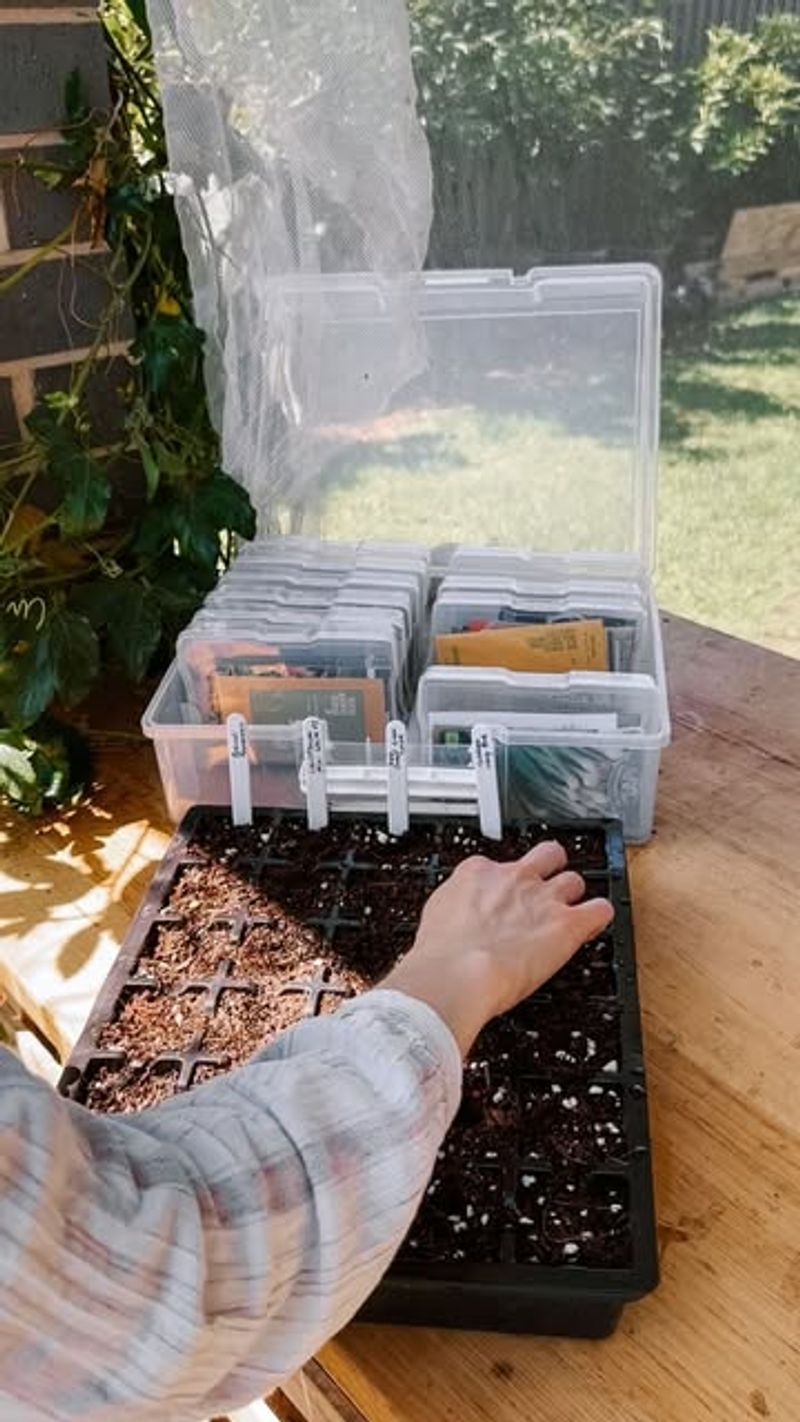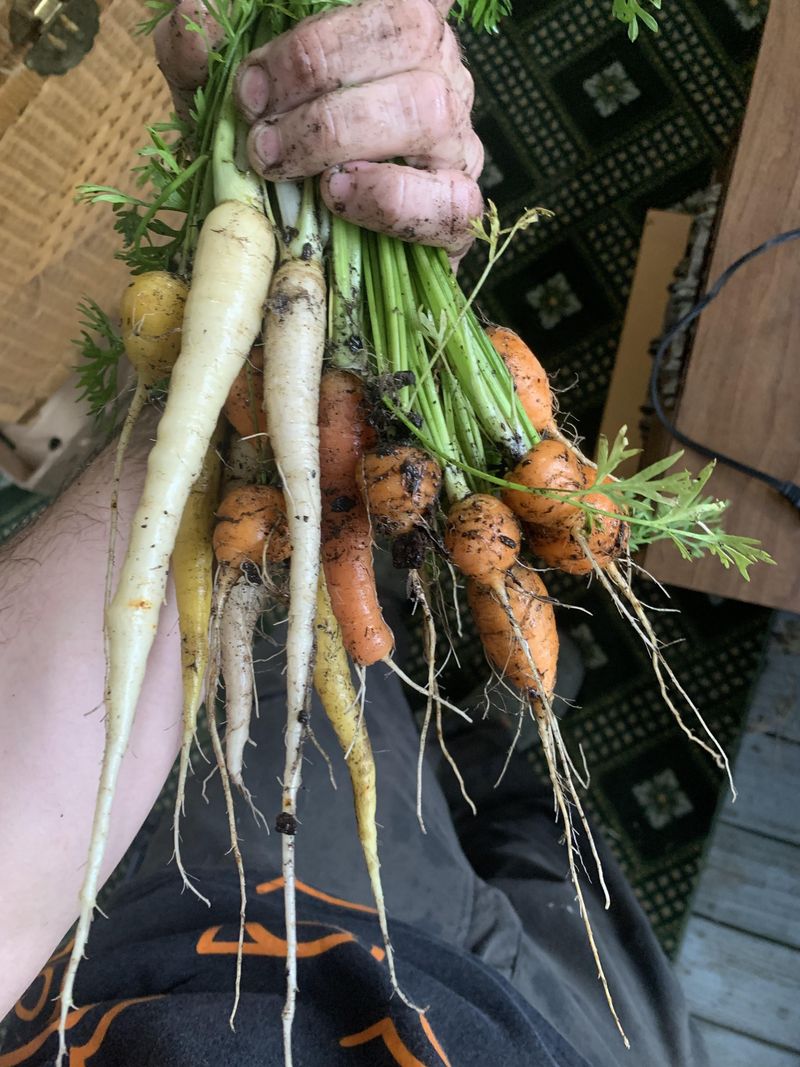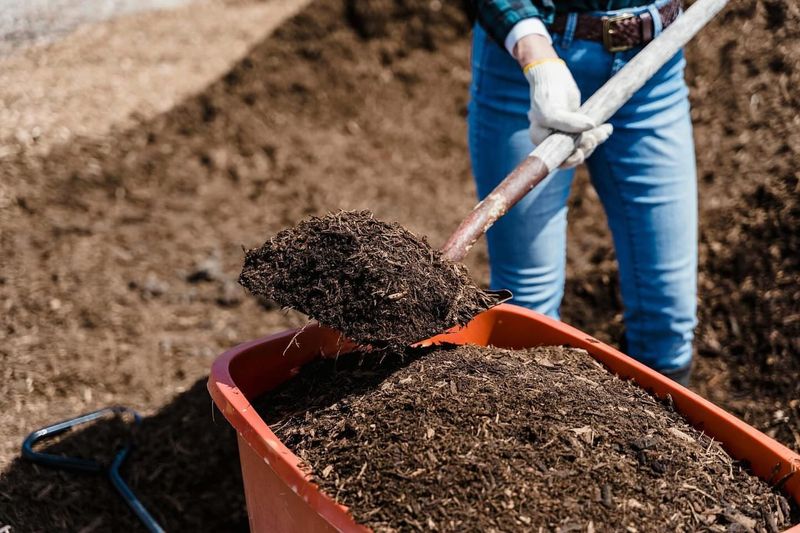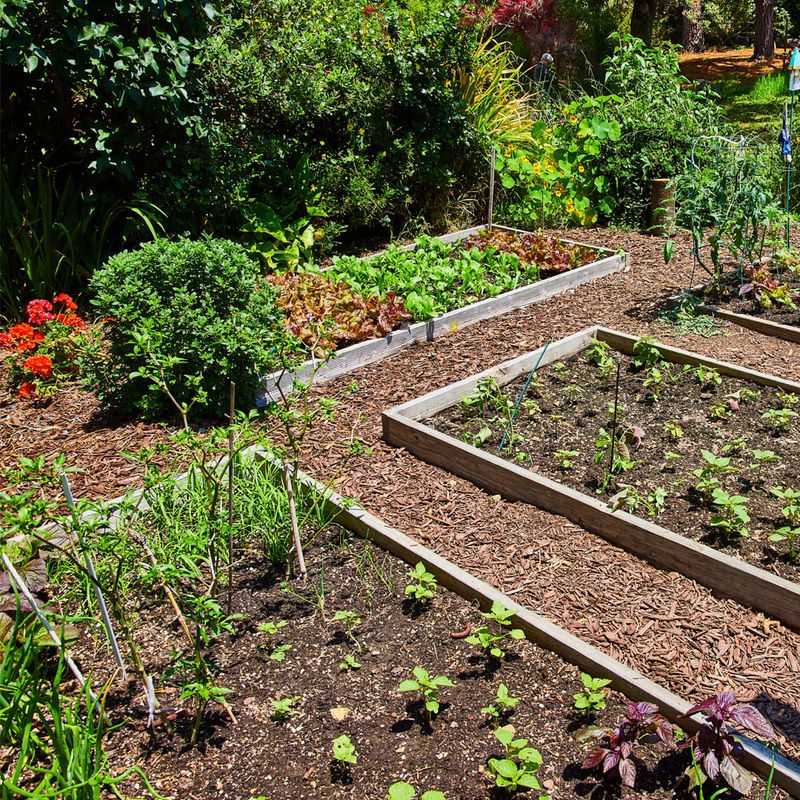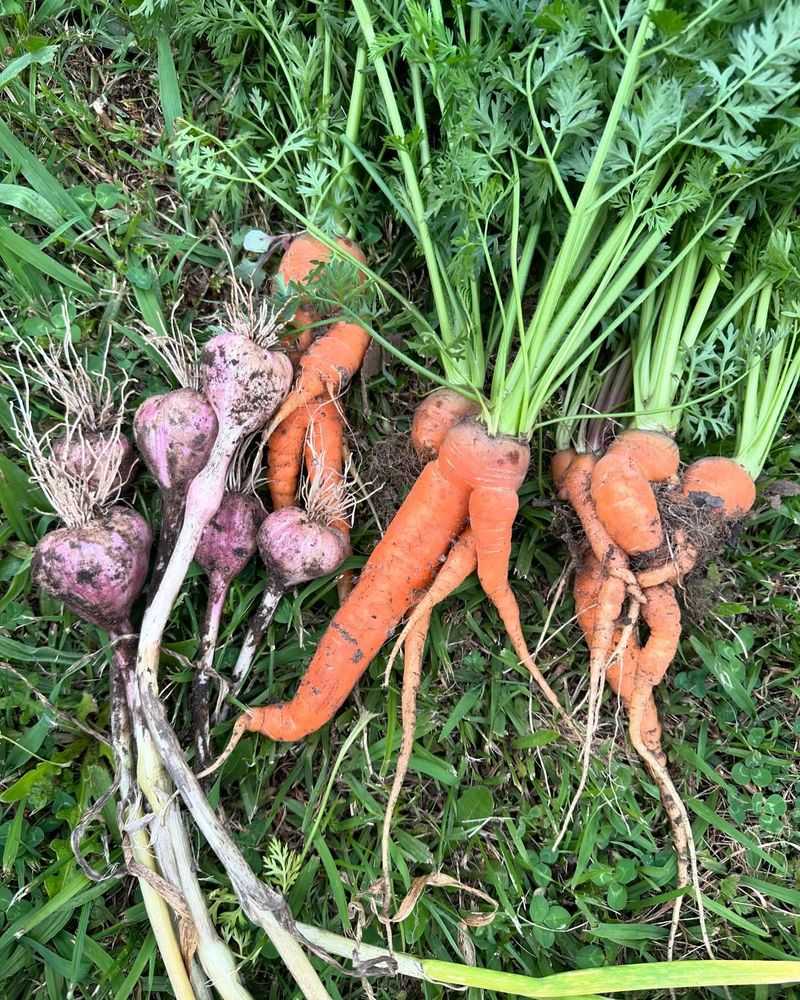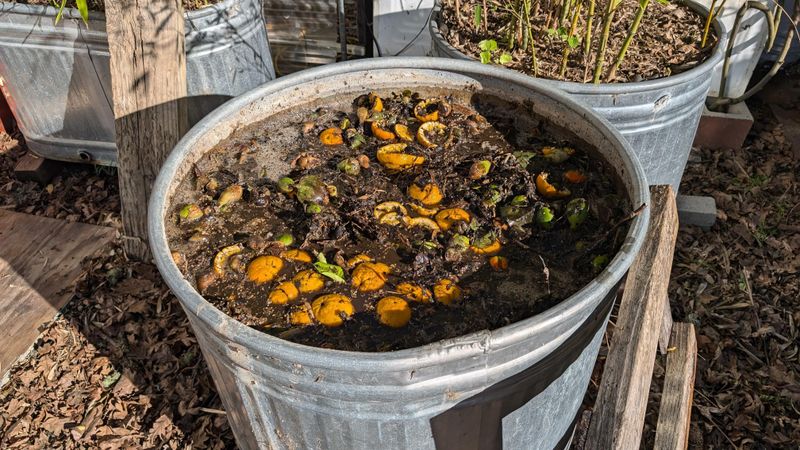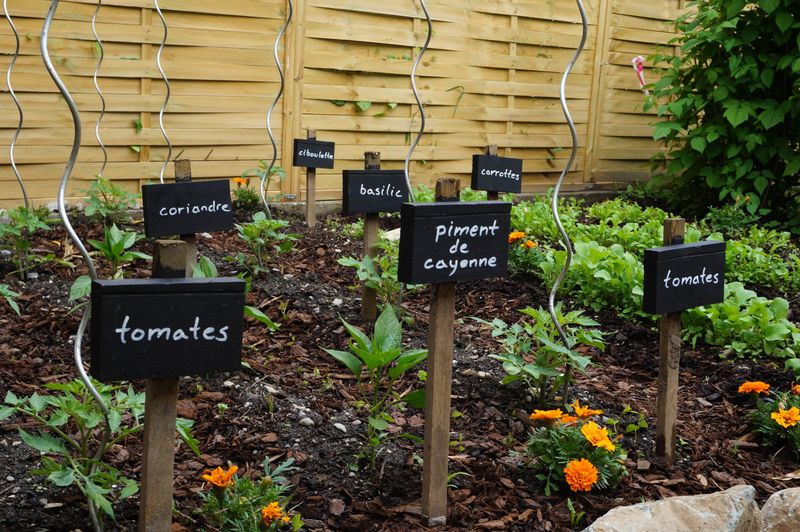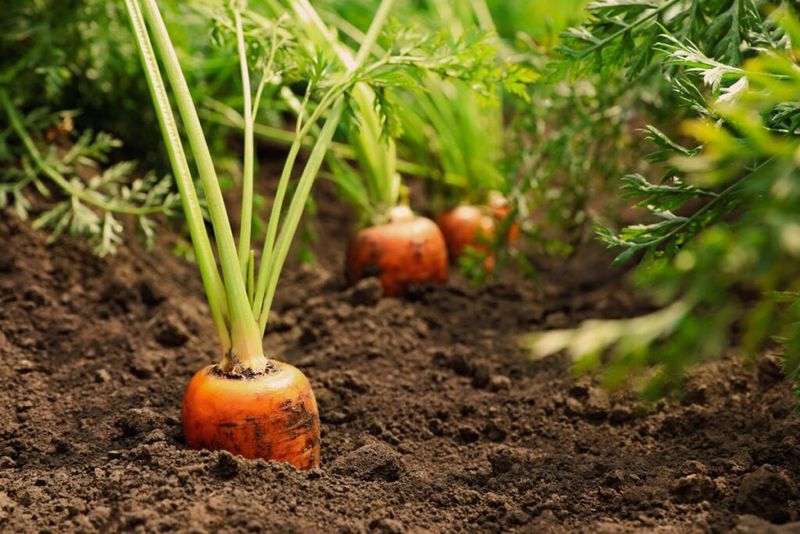I still remember the first time I pulled up a misshapen carrot and felt way too proud of myself for what looked more like a cartoon than a vegetable. But that’s the charm of root veggies—they’re fun, forgiving, and seriously tasty.
Over time, I’ve picked up quite a few tricks (and learned from plenty of mistakes) when it comes to getting a good crop and actually using all those earthy gems in the kitchen.
So I’ve put together some practical tips that cover everything. These tips are here to make your root veggie adventure smoother, more fun, and way more rewarding.
1. Choose The Right Soil
Soil is the foundation of any great vegetable garden. I’ve learned that rich, well-draining soil is key to growing healthy root vegetables.
My first attempt involved heavy clay, and oh boy, those carrots never stood a chance! After switching to a lighter, loamy mix, the results were like night and day.
If you’re aiming for plump parsnips or beets, make sure to test and amend your soil accordingly. Your veggies will thank you, and you’ll avoid those stunted, sad little roots that never quite make it to the dinner table.
2. Plant At The Right Depth
Planting seeds at the wrong depth can be a common rookie mistake. If your roots could talk, they’d probably agree! Planting too deep can lead to poor germination, while planting too shallow might leave seeds exposed.
I’ve found that following the seed packet’s guidance usually does the trick. It’s like giving your seeds a snug blanket, just the right thickness!
Ever had a seedling pop up only to flop over? Proper depth ensures strong anchorage, leading to happier, healthier plants ready to produce those crunchy, delectable roots.
3. Thin Seedlings Early
Have you ever felt guilty about thinning seedlings? I certainly have! It’s like choosing favorites, but necessary for healthy growth.
Crowded plants compete for nutrients, water, and sunlight. Thinning ensures that the strongest seedlings thrive, promising a robust harvest.
Wondering when to thin? Once your seedlings have a couple of true leaves, it’s time to step in. A little tough love now means a big payoff later. Are you ready to make those tough choices in your garden?
4. Water Consistently
Consistency in watering is like a love language for plants, especially root vegetables. Too much, and you drown them; too little, and they shrivel up.
In my garden, I’ve found that a steady routine keeps everything in harmony. An inch of water a week is a good rule of thumb, adjusted for weather conditions.
Have you ever seen a carrot crack because of irregular watering? It’s not pretty! Consistent hydration encourages smooth, even growth. Your veggies will reward you with tender, juicy roots that are perfect for any meal.
5. Use Mulch To Retain Moisture
Mulch is like a cozy blanket for your garden. I learned the hard way how exposed soil can dry out quickly. Adding mulch helps retain moisture, giving your root veggies the hydration they crave.
When I started using straw or wood chips, my garden’s overall health improved tremendously. Plus, it cuts down on weeding chores!
Thinking of trying mulch? You’ll love how it conserves water and keeps your plants happy. Just remember to keep it a few inches away from the stems to prevent rot. Your garden will flourish with this simple addition.
6. Rotate Crops Each Season
Crop rotation keeps your garden healthy. Rotating crops prevents soil depletion and deters pests that might love specific plants too much.
Imagine sticking to the same plot for years. Pests certainly do! By switching things up, you confuse those little critters, and your soil stays nutrient-rich.
Have you ever tried planting the same crop in the same spot year after year? You might end up with disappointing yields. Rotating keeps everything fresh and bountiful, ensuring a thriving garden every season.
7. Harvest At The Right Time
Timing is everything when it comes to harvesting. Have you ever pulled a carrot too early and felt that twinge of disappointment? I sure have! Waiting for that perfect moment ensures maximum flavor and texture.
Curious about when to dig up your treasures? Check for maturity signs like size and color. Ever pondered how a beet might taste sweeter with just a bit more time? Patience pays off in delicious dividends.
Are you ready to savor the fruits of your labor? Harvesting at the right time elevates your veggies from good to gourmet!
8. Store In A Cool Dry Place
Storing root vegetables properly can feel like conducting a secret mission. A cool, dry place keeps them fresh and flavorful for months.
I remember the first time I stored my harvest in a damp area, and let’s just say, the results weren’t appetizing. A proper spot makes all the difference.
Have you ever wondered why some veggies last longer than others? The trick is the right environment. With the right storage, you’ll have a pantry stocked with deliciousness all winter long, ready to enhance your favorite dishes.
9. Use Roots Fresh Or Cooked
Root vegetables are culinary chameleons. I’ve used them fresh for salads and cooked them into hearty soups. Each method brings out different flavors and textures.
Experimenting in the kitchen, I discovered that fresh radishes add a peppery crunch, while roasted carrots become sweet and savory delights.
Feeling adventurous? Try both methods! Whether you’re munching on raw veggies or savoring them in a stew, you’ll find endless ways to enjoy your harvest. It’s like having a recipe book of possibilities in your garden.
10. Preserve By Pickling Or Canning
Preserving root vegetables extends the joy of your harvest. Pickling and canning turn your produce into tangy treats or savory sides.
I once tried pickling beets, and the jars were a hit at family dinners. Who knew preservation could taste so good?
Have you considered preserving your harvest? It’s a delightful way to enjoy your veggies long after the garden’s put to bed. Plus, homemade pickles add a special touch to any meal. Get ready to impress with your preserving prowess!
11. Grow In Raised Beds
Thinking about growing in raised beds? It’s like giving your veggies a VIP section in the garden. They offer better drainage, warmer soil, and easy access for tending.
I once struggled with compacted earth, but switching to raised beds felt like a gardening revelation. My plants thanked me with bountiful yields.
Curious if raised beds are right for you? You could have fewer weeds and more control over soil quality. Raised beds offer a streamlined approach to gardening that might just convert you for life. Ready to give it a try?
12. Feed With Balanced Fertilizer
Feeding your plants is akin to a spa day for them. Balanced fertilizer provides the nutrients they need to thrive.
In my garden adventures, I discovered that too much nitrogen can lead to leafy greens but puny roots. A balanced approach kept everything in harmony.
Wondering if your veggies are getting enough nutrition? Think of fertilizer as their energy drink. Provide the right blend and watch them grow strong and delicious. Your garden will flourish, giving you a harvest to be proud of.
13. Label Varieties Clearly
Labeling might seem mundane, but it’s a lifesaver come harvest time.
I’ve mixed up radishes and turnips before, leading to some unexpected meal improvisations. Clear labels ensure you know exactly what’s growing where.
Have you tried labeling your garden? It’s a simple step that saves time and confusion later. Plus, it adds a touch of professionalism to your gardening game. Your future self will thank you for this straightforward yet valuable tip.
14. Overwatering Young Plants
Overwatering young plants is like giving them too much love. Excess water can suffocate roots, leading to rot.
I remember my early days of gardening, eagerly watering every moment I could. Lesson learned: restraint is key.
Have you ever noticed wilting despite constant watering? Young plants need just the right amount to thrive. Ask yourself if your plants are parched or if they could use a breather. Your garden will appreciate the consideration, and you’ll see healthier growth as a result.
15. Leaving Roots In Too Long
It’s easy to let time slip by and leave roots in the ground too long. Unfortunately, they don’t age like fine wine!
I’ve experienced this first-hand, pulling up tough, woody parsnips instead of tender, sweet ones.
Wondering if it’s time to harvest? Check the calendar and the plants. Leaving them too long can lead to disappointing textures and flavors. Avoid the regret by staying vigilant and you’ll savor each bite of your perfectly harvested veggies.
16. Using Heavy Clay Soil
Heavy clay soil can be a garden’s worst enemy, especially for root vegetables. I once thought I could manage, but those stubborn, stuck-in-the-mud carrots had other plans.
My solution? Amending with plenty of organic matter like compost and sand to lighten things up.
Struggling with sticky soil? It might be time for a change. The right amendments can transform your garden, allowing roots to grow freely and confidently. You’ll notice the difference in your harvest, with roots that are smooth, straight, and ready for the table.

